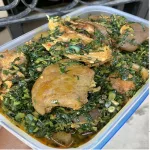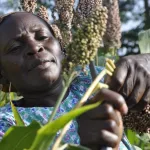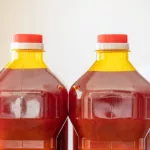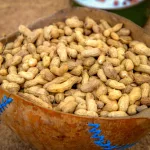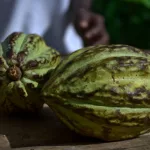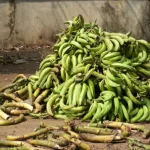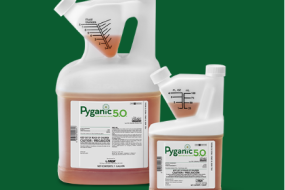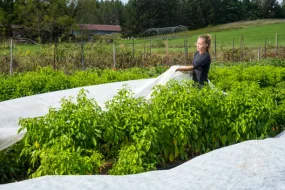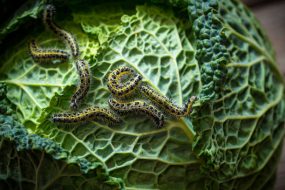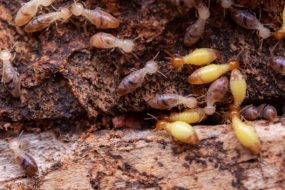If you’re a farmer or a gardening enthusiast, you probably know the constant battle against pests, diseases, and weeds that can wreak havoc on your crops. However, the days of relying solely on harsh chemical pesticides are fading fast. Instead, a growing number of growers are turning to organic crop protectants that are safe, effective, and environmentally friendly. In this guide, we’ll explore the world of organic crop protectants, providing you with the knowledge you need to make informed choices for your farm.
READ, ALSO >>>>>> What Are The 10 Effective Ways to Protect Your Crops from Hungry Pests And Animals?
Understanding Organic Crop Protectants
Imagine this: you’ve put your heart and soul into nurturing your crops. You’ve planted the seeds, watered them faithfully, and watched as they grew into healthy, vibrant plants. But just as your dreams of a bountiful harvest are about to come true, here come the pests, diseases, and weeds, threatening to ruin all your hard work. This is where organic crop protectants come to the rescue.

What Are Organic Crop Protectants?
Organic crop protectants, also known as organic pesticides or natural pest control methods, are like the superheroes of the farming world. They are products and techniques designed to help manage and mitigate the various challenges that can plague your crops, all while keeping things eco-friendly and sustainable.
The main thing that sets organic crop protectants apart from traditional chemical pesticides is their origin. While chemical pesticides are concocted in labs with synthetic ingredients, organic protectants come from nature itself. They are derived from plants, minerals, and other naturally occurring substances.
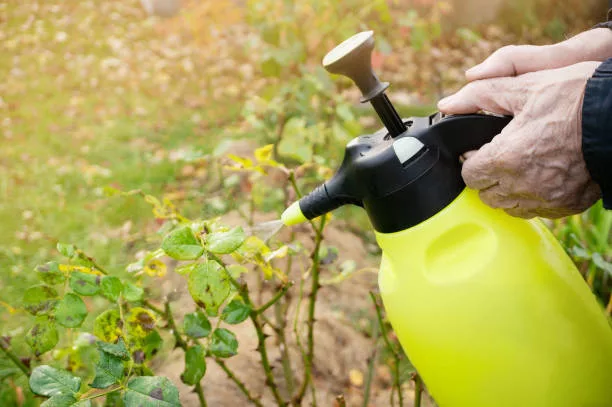
Why Choose Organic Crop Protectants?
You might be wondering, “Why should I bother with organic crop protectants when I could just grab a chemical pesticide off the shelf?” Well, that’s a great question, and here are some fantastic answers:
1. Safety for the Environment:
First and foremost, organic crop protectants are kind to the environment. They break down naturally and are less likely to harm the ecosystem around your farm. So, you can protect your crops without harming the planet.
2. Reduced Health Risks:
When you use organic crop protectants, you’re also looking out for the health and well-being of everyone involved, including yourself. These products often leave minimal to no harmful residues on your crops, ensuring the safety of consumers and farmworkers alike.
3. Preservation of Beneficial Insects:
Another fantastic benefit is that organic crop protectants don’t discriminate against insects. They specifically target the pests that are causing you trouble while allowing beneficial insects like ladybugs and bees to thrive. It’s like having your own mini bug army fighting on your side.
4. Sustainable Agriculture:
If you’re aiming for sustainable farming practices, organic crop protectants are a must. They are a vital component of reducing the overall impact of agriculture on the environment.
So, whether you’re a small-scale gardener or a large-scale farmer, choosing organic crop protectants is a conscious step toward a greener and healthier farming future.
Types of Organic Crop Protectants
Now that we have a good understanding of what organic crop protectants are and why they’re a fantastic choice for sustainable farming, let’s explore the diverse world of these eco-friendly solutions. Just like you wouldn’t use a single tool for every job on your farm, different situations call for different organic crop protectants. Here are some of the most common types:
READ, ALSO >>>>>> What Are The 10 Effective Ways to Protect Your Crops from Hungry Pests And Animals?
1. Neem Oil: The Mighty All-Purpose Oil
Derived from the seeds of the neem tree, neem oil is a powerhouse in the world of organic crop protectants. It’s a natural insecticide and fungicide rolled into one. Neem oil works against a wide range of pests, including aphids, mites, and caterpillars, while also keeping fungal diseases like powdery mildew at bay. Its mode of action disrupts the feeding and reproductive cycles of pests, making it a safe yet effective choice for your crops.
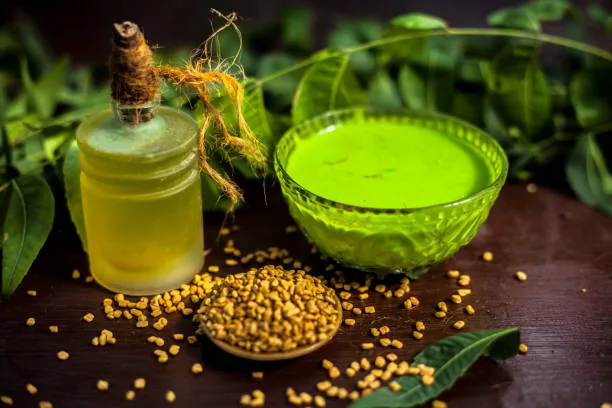
2. Diatomaceous Earth: Nature’s Insect-Repelling Dust
Diatomaceous earth may sound like something from a science fiction novel, but it’s actually a finely ground powder made from the fossilized remains of tiny aquatic organisms known as diatoms. When applied to your crops, diatomaceous earth acts as a desiccant, dehydrating and killing insects on contact. It’s particularly useful against crawling insects like ants, slugs, and beetles. Just be sure to apply it when the foliage is dry for optimal results.
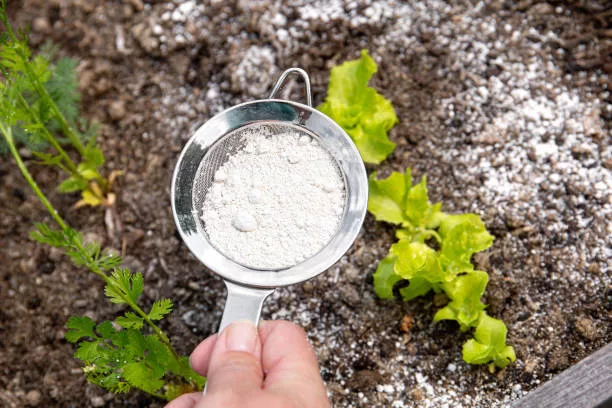
3. Biological Control: The Circle of Life on Your Farm
Imagine inviting natural allies to your farm to wage war against pests. That’s what biological control is all about. By introducing beneficial insects, you can keep pest populations in check. Ladybugs, lacewings, and predatory nematodes are among the superheroes of this approach. Ladybugs, for example, feast on aphids and mites, while lacewings enjoy dining on a variety of soft-bodied pests. It’s like having your own personal pest control team, and it’s all-natural.
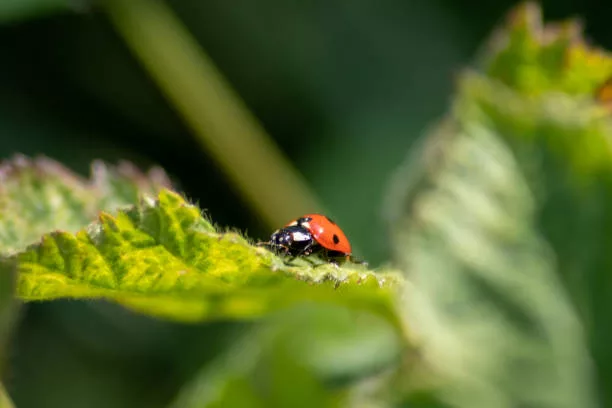
4. Plant-Based Extracts: Spicy and Pungent Pest Deterrents
Some plants have natural pest-repelling properties, and their extracts can be harnessed to protect your crops. Garlic, chili peppers, and neem are a few examples. These extracts can be used to create sprays that deter pests from feasting on your plants. Just be mindful of the concentration, as too much can harm your crops as well.

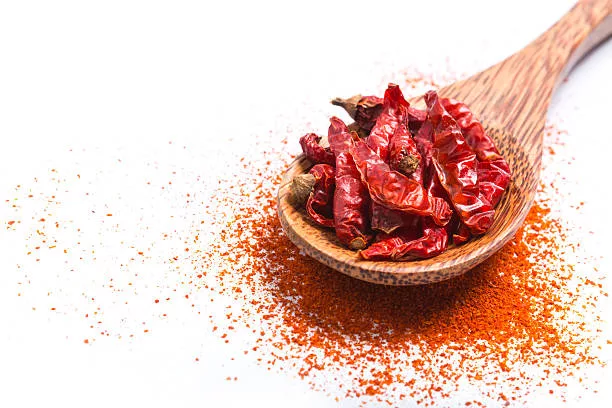
5. Beneficial Microorganisms: Tiny Allies in the Soil
The soil beneath your crops is teeming with life, and some of these microorganisms are your allies in the battle against diseases. Beneficial bacteria and fungi can help suppress plant pathogens and boost soil health. They establish a protective barrier around plant roots, making it harder for harmful organisms to gain a foothold. Plus, they promote nutrient uptake, leading to healthier and more robust crops.

Choosing the right type of organic crop protectant depends on several factors, including your crop type, the specific pests or diseases you’re dealing with, and the environmental conditions on your farm. It’s a bit like assembling a puzzle where each piece has a role to play in protecting your precious crops.
How to Choose the Right Organic Crop Protectants
Choosing the right organic crop protectants for your farm is a bit like selecting the perfect tool for a specific job. Each situation is unique, and the key to success lies in making informed decisions. Here’s a step-by-step guide to help you choose the right organic protectants for your specific needs:
1. Identify Your Crop Type
Different crops have different vulnerabilities and needs when it comes to protection. Before you decide on any organic protectant, take a moment to consider the type of crops you’re growing. For instance, the pests and diseases that affect tomatoes may be different from those that plague cucumbers. Tailoring your approach to the specific crop is the first step toward effective pest and disease management.
2. Identify the Pest or Disease
To choose the right organic protectant, you need to know your enemy. Accurate identification of the pest or disease wreaking havoc on your crops is crucial. Different pests and diseases may require different solutions. For instance, if you’re dealing with aphids, a neem oil spray may work wonders, while a fungal issue might call for a different approach.
3. Consider Environmental Conditions
Your farm’s location and environmental conditions play a significant role in selecting organic protectants. Some products may work better in dry, sunny conditions, while others are more effective in humid climates. Also, take note of local ecosystems and wildlife. You’ll want to choose protectants that are least harmful to beneficial insects and other wildlife in your area.
4. Explore Various Application Methods
Different organic protectants may require different application methods. Some are applied as sprays, while others are used as soil drenches, incorporated into planting, or spread as dust. Consider your preferred application method and whether it’s suitable for the protectant you’re considering.
5. Seek Recommendations and Research
Talk to fellow farmers or gardeners in your area who have experience with organic crop protectants. They can provide valuable insights into what has worked for them. Additionally, do your own research, read product reviews, and consult resources from agricultural extensions and universities to gather information about the effectiveness of specific products.
6. Start with Preventative Measures
Preventing problems is often more effective than treating them after they’ve taken hold. Begin your protection strategy early in the growing season to minimize the risk of infestations or diseases. Regular monitoring of your crops can help you catch issues before they become major problems.
7. Rotate Products
To prevent pest or disease resistance from developing, it’s a good practice to rotate the types of organic protectants you use. Using the same product repeatedly can lead to pests or diseases adapting to it over time, rendering it less effective. Rotation keeps them guessing and helps maintain the effectiveness of your chosen protectants.
8. Keep Records
Maintain detailed records of the organic protectants you use, the timing of applications, and their effectiveness. This information will be invaluable in fine-tuning your pest and disease management strategies in future growing seasons.
In summary, choosing the right organic crop protectants involves a thoughtful process that takes into account your specific crop, the nature of the problem, environmental conditions, and application methods. By being informed and proactive, you can protect your crops effectively while maintaining a commitment to eco-friendly and sustainable farming practices. In the next section, we’ll explore some best practices for using organic crop protectants to ensure the best results for your farm.
Best Practices for Using Organic Crop Protectants
- Now that you’ve learned how to choose the right organic crop protectants for your farm, it’s time to dive into some best practices for using them effectively. These practices will help you get the most out of your chosen protectants while maintaining a healthy and sustainable farming environment:
1. Start Early with Preventative Measures
Prevention is often more effective than treatment, so don’t wait until pests or diseases have taken hold in your crops. Begin your organic protection strategy early in the growing season. Regularly inspect your plants for signs of trouble, such as unusual spots, holes, or insect activity. By catching issues early, you can take action before they become major problems.
2. Follow Manufacturer’s Instructions
Whether you’re using neem oil, diatomaceous earth, or any other organic protectant, always read and follow the manufacturer’s instructions carefully. Proper application is key to success. This includes the recommended dosage, application frequency, and safety precautions. Using the product as directed ensures its effectiveness while minimizing risks to your crops, the environment, and yourself.
3. Monitor Your Crops Regularly
Stay vigilant throughout the growing season. Regularly monitor your crops for any signs of trouble. Check for pests, diseases, and weeds, and take action as soon as you notice any issues. Early detection allows for prompt and effective intervention, often requiring less product and effort to manage the problem.
4. Rotate Products
To prevent pests or diseases from developing resistance to specific organic protectants, it’s wise to rotate the types of products you use. Using the same product repeatedly can lead to pests or diseases adapting to it over time, rendering it less effective. Rotate between different organic protectants and methods to keep these challenges guessing.
5. Consider Integrated Pest Management (IPM)
Integrated Pest Management is a holistic approach that combines various pest control strategies, including organic ones, for a comprehensive solution. It involves using organic protectants alongside other techniques such as cultural practices, biological control, and physical barriers. IPM can help minimize the need for excessive chemical intervention and maintain a healthy balance in your farming ecosystem.
6. Record Keeping is Key
Maintain detailed records of your organic protectant usage. Note the type of protectant used, the application date, the specific crops treated, and the results achieved. This record-keeping helps you track the effectiveness of different products and application methods. Over time, it enables you to fine-tune your pest and disease management strategies for optimal results.
7. Practice Safe Handling
Safety is paramount when working with any agricultural product, including organic crop protectants. Wear appropriate protective clothing, including gloves and goggles, when applying protectants. Store these products in a secure place, away from children and pets. Always wash your hands and any equipment thoroughly after handling them.
8. Timing is Everything
Pay attention to the timing of your applications. Some organic protectants are more effective when used preventatively, while others are best applied at the first sign of a problem. Consult product instructions and consider the life cycle of the pests or diseases you’re dealing with to determine the most effective timing for treatment.
By following these best practices, you can maximize the effectiveness of your chosen organic crop protectants while minimizing their impact on the environment and ensuring the health of your crops. Organic farming is not just about what you use but how you use it. With these practices in mind, you’re well on your way to cultivating a thriving, eco-friendly, and sustainable farm.
Conclusion
Organic crop protectants are a safe, effective, and eco-friendly way to safeguard your crops while minimizing harm to the environment and human health. By choosing the right organic protectants and following best practices, you can cultivate healthy, sustainable, and thriving crops. Embrace these natural solutions and contribute to a greener and more resilient agriculture.
In the ever-evolving world of farming, organic crop protectants are your allies in maintaining a bountiful and sustainable harvest. So, go ahead and nurture your crops while nurturing the planet – it’s a win-win for everyone involved. Happy farming!
READ, ALSO >>>>>> What Are The 10 Effective Ways to Protect Your Crops from Hungry Pests And Animals?

